Gene therapy is a new way to treat genetic diseases. It fixes or changes the genes that cause the problem. This innovative treatment offers new hope for people with certain genetic disorders.
But, gene therapy is not for everyone. Some medical conditions, where you live, and rules stop it from being used. We face big challenges in making sure everyone can get this treatment safely and fairly.
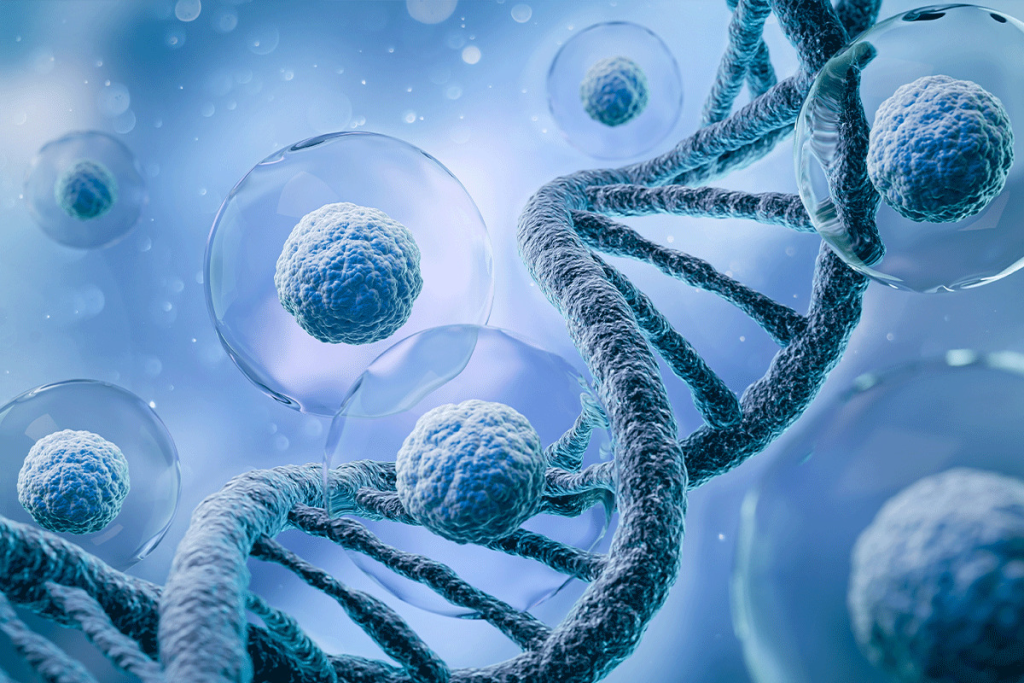
Looking into who can’t get gene therapy shows it’s not for all. We’ll talk about who can’t get it and why.
Gene therapy is a new way to treat diseases, giving hope to those with genetic disorders. It’s important to know the basics of gene therapy and how it’s used in medicine today.
Gene therapy adds new genetic material to cells to treat genetic diseases. It uses a delivery vehicle called a vector. The Muscular Dystrophy Association (MDA) says, “Gene therapies introduce new genetic material into a patient’s body to treat or slow the progression of a genetic disease.“
The process involves finding the disease’s genetic cause, designing a gene to fix it, and delivering it to the right cells. This is done using a vector. Gene therapy is complex and needs to target cells accurately to work well.
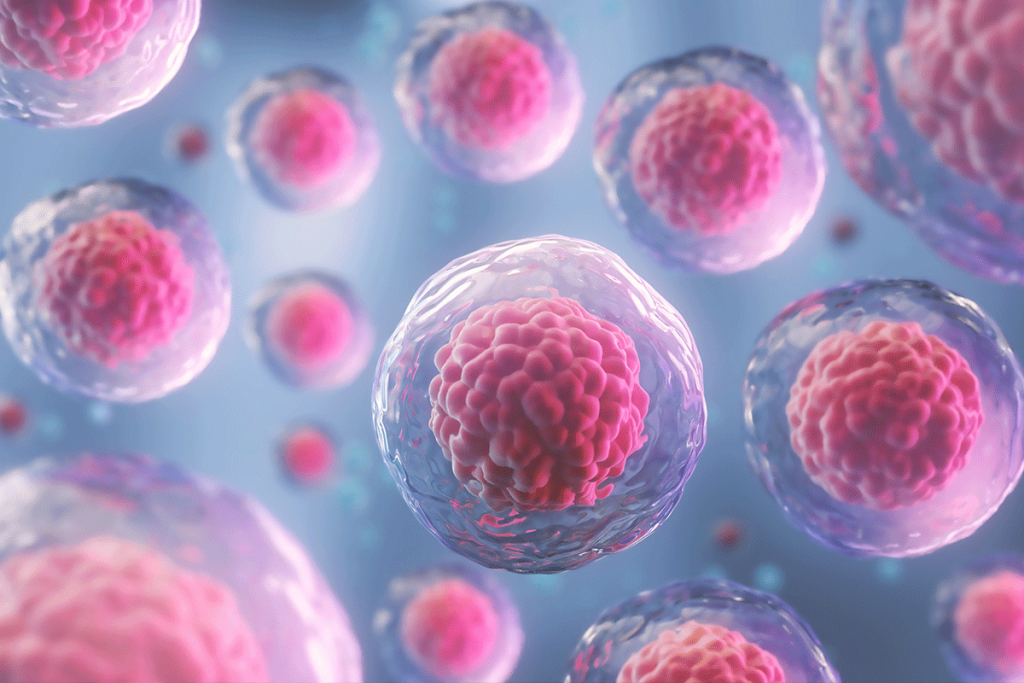
Gene therapy is used to treat many diseases, like blood disorders and eye conditions. It’s being tested to treat sickle cell disease and Leber congenital amaurosis. Doctors say, “The intention is to treat or prevent disease by administering new genetic material into cells,” which is showing promise.
Gene therapy’s uses show its wide range of possibilities. By understanding it, we see the progress being made in treating genetic diseases.
Some health issues can make gene therapy not work or even dangerous for patients. Gene therapy is a hopeful treatment for many genetic diseases. But, it can’t be used for everyone because of certain health problems. We’ll look at the medical conditions that stop patients from getting gene therapy, focusing on severe health problems, things that shouldn’t be done, and when organs don’t work right.
People with severe health problems often can’t get gene therapy because it might cause bad side effects. Severe comorbidities mean having more than one health issue at the same time. For example, those with serious heart disease, lung problems, or uncontrolled diabetes might be at a higher risk with gene therapy.
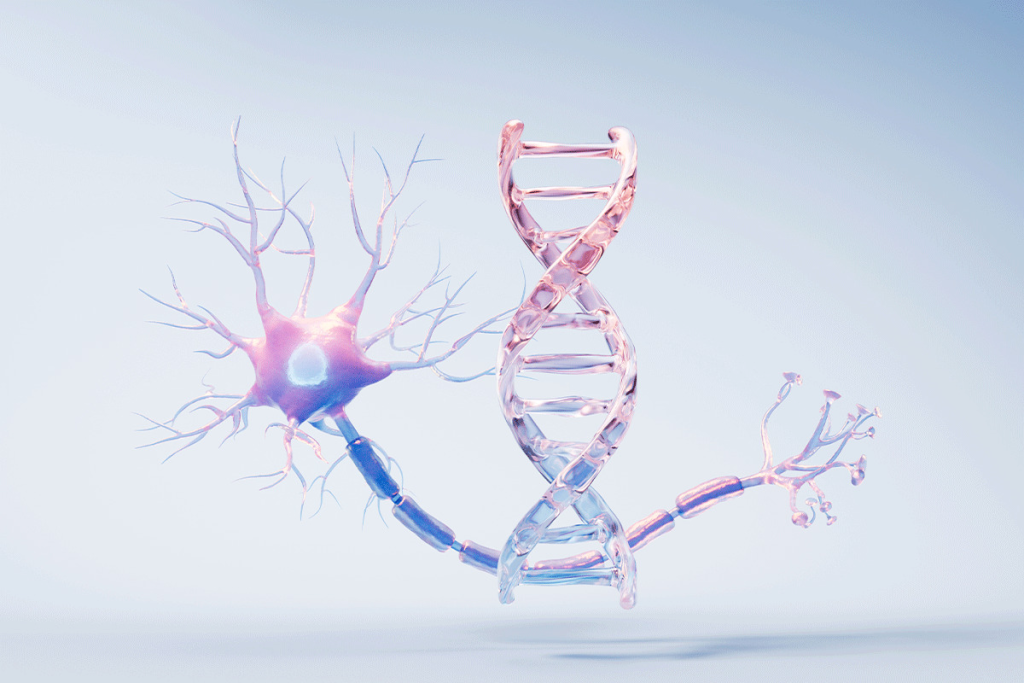
Another big factor is when organs don’t work well. Patients with problems like liver or kidney issues might not be able to handle the therapy. This could lead to toxicity.
The pros of gene therapy are big, as it could cure genetic diseases. But, knowing its limits is key. For instance, gene therapy might not be good for people with:
Understanding these limits helps us figure out who might really benefit from gene therapy and who might be at risk. This knowledge helps us make better choices about treatments and find ways to lessen the risks of gene therapy.
The immune system plays a huge role in gene therapy. It affects how safe and effective the treatment is. Gene therapy uses genes to treat diseases. It needs the immune system to accept new genetic material without problems.
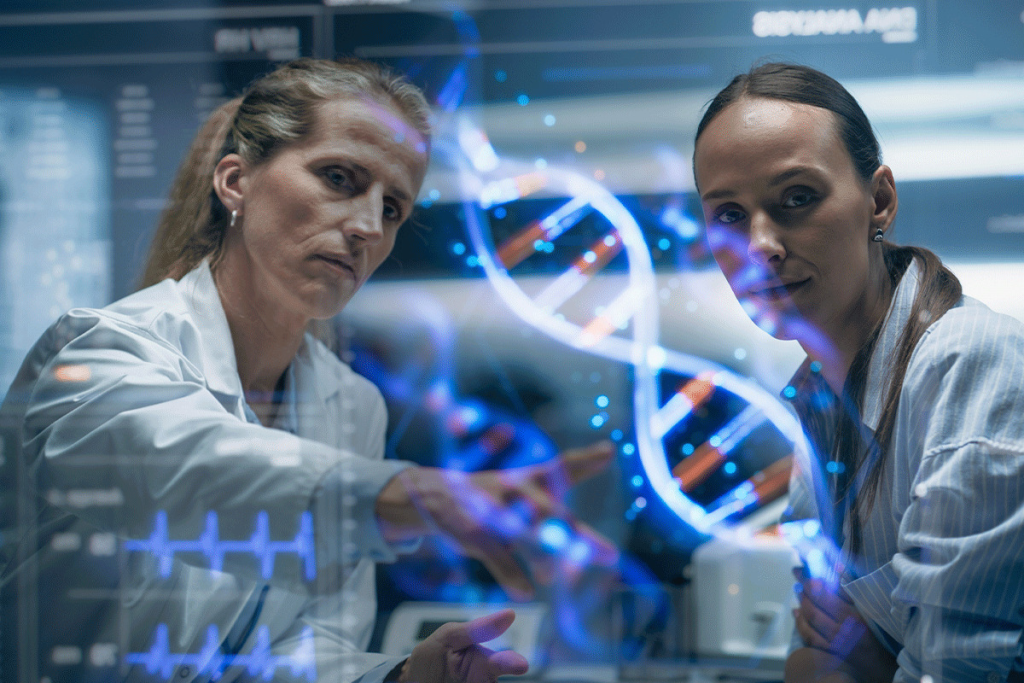
People with autoimmune disorders face strict checks before gene therapy. Autoimmune diseases make the body attack its own cells. This can lead to bad reactions or lower treatment success.
Conditions like lupus, rheumatoid arthritis, and multiple sclerosis are often not allowed. Or they need special care before gene therapy can be tried.
It’s also key to check if a patient’s immune system reacts to viral vectors. Many gene therapies use these vectors to get the gene into cells. If a patient already has immunity to these vectors, it might not work well or could cause problems.
Knowing how gene therapy works and its benefits helps decide if it’s right for a patient. There are different ways to do gene therapy, like in vivo and ex vivo. Each method has its own immune system concerns.
Gene therapy offers long-term or even lifelong treatment for some genetic diseases. This makes it a hopeful option for many. But, it’s important to carefully check the immune system to make sure it’s safe and works well.
Key considerations include:
Patient identification and referral challenges greatly affect access to gene therapy. The gene therapy process is complex, from initial screening to final treatment. It’s key to understand these challenges to improve patient outcomes and make gene therapy more accessible.
Only 20% to 40% of eligible patients get referred for gene therapy. This is due to complex referral paths and fragmented health data, as the American Society of Gene and Cell Therapy (ASGCT) reports. Factors like lack of awareness, strict eligibility, and poor screening infrastructure also play a role.
It’s vital for healthcare providers to understand gene therapy and its benefits. This knowledge helps them identify the right candidates. The positives of gene therapy, like treating genetic disorders at the molecular level, must be clearly communicated.
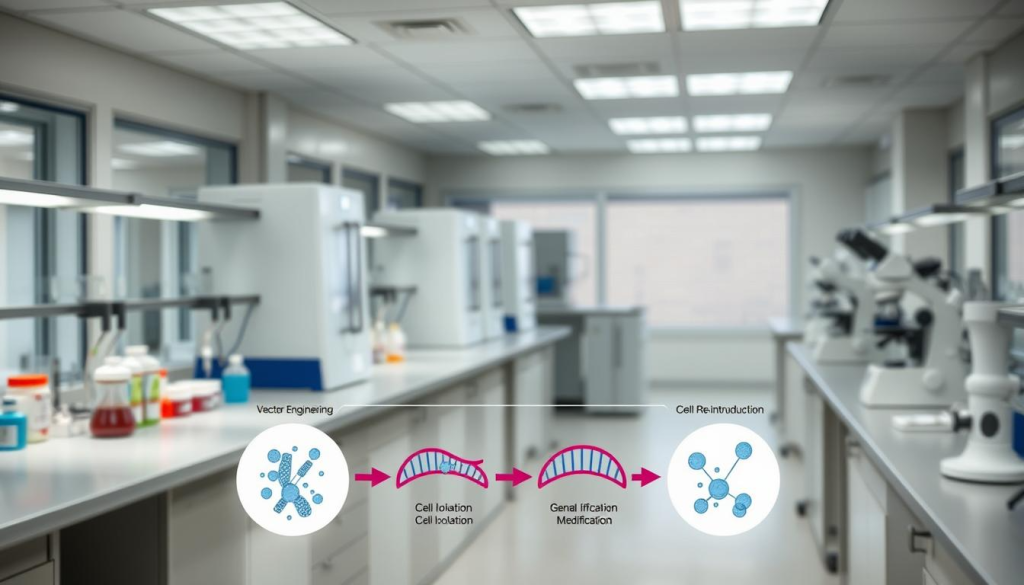
The eligibility screening for gene therapy is detailed. It involves checking a patient’s medical history, current health, and genetic profile. This complexity can cause delays or exclude eligible patients. We aim to simplify these processes to make gene therapy more accessible.
To tackle these issues, we’re working to make eligibility criteria simpler. We also want to improve the referral process by better coordinating healthcare providers and educating patients. Our goal is to increase the number of patients who can benefit from gene therapy.
Geographic and accessibility barriers make it hard for gene therapy to reach everyone. These barriers hit different groups in different ways. Rural communities face special challenges.
People in rural areas often can’t get to the specialized healthcare centers that offer gene therapy. The lack of experienced professionals and necessary infrastructure in these areas makes it hard to get treatments.
ASGCT data shows that rural areas struggle because of a lack of specialized centers and experts. This means some people might not get the treatment they need on time. It can hurt their health outcomes.
The availability of gene therapy is also tied to the healthcare system. Limited capacity for genetic testing and counseling makes it hard to find the right candidates for gene therapy.
Also, the lack of adequate facilities and equipment needed for gene therapy is a big problem. We need to fix these infrastructure issues to make sure everyone can get gene therapy.
To make gene therapy more accessible, we should think about new solutions. Telemedicine and mobile health units could help reach people in remote areas. By improving our healthcare setup and using technology, we can help more people get the treatment they need.
The world of gene therapy faces big economic and manufacturing hurdles. As we dive deeper into gene therapy, it’s clear we must tackle these issues. This will help make it more accessible to everyone.
Gene therapy is a groundbreaking treatment that changes a person’s genes to treat diseases. But, the high costs of gene therapy block many from getting it. Making gene therapies is complex and pricey, needing viral vectors to carry genetic material to cells.
Gene therapy’s price is too high for many patients and healthcare systems. Some treatments cost millions, making them out of reach. The American Society of Gene and Cell Therapy (ASGCT) says high manufacturing costs are a big reason for these prices.
“The high cost of gene therapies is a major concern, as it limits access to these potentially life-changing treatments for many patients.”
To lower costs, researchers and makers are looking for ways to make gene therapy cheaper. They’re working on better ways to make viral vectors and scaling up production.
There’s also a problem with how much can be made. As more people want gene therapies, the current ability to make them isn’t enough. This leads to supply chain constraints that slow down getting these treatments.
To solve these issues, we need to invest in better manufacturing and more efficient ways to make gene therapies. This will help get these treatments to more people who need them.
As we go forward, finding new technologies to beat these challenges is key. By working together, we can make sure these treatments reach more people. This will help improve health outcomes for everyone.
It’s important to know about the rules and ethics of gene therapy. These rules help decide who can get this new treatment.
The FDA has strict rules for gene therapy. They make sure it’s safe and works well. Gene therapy regulations help keep patients safe from risks.
The FDA checks if gene therapy products are stable and strong. They test these products a lot before they can be used. They also watch over gene therapy trials to keep patients safe.
Ethics also play a big role in who gets gene therapy. Gene therapy ethics mean making tough choices about who can get it. This is because some gene therapies are new or have unknown long-term effects.
Guidelines help make these choices. They make sure gene therapy is used right and with respect for patients. For example, patients with serious health problems might not get it because of the risks. These rules help make sure patients get the best care.
There’s also the issue of fairness and who can get it. It’s important that gene therapy is available to everyone who needs it. This means working to make sure everyone has access to it, no matter their background.
By following these rules and ethics, we can make sure gene therapy is safe and helps many people. This way, the benefits of gene therapy can reach patients all over the world.
Gene therapy is growing fast, opening up to more patients. New technologies and changes in healthcare are leading this shift. They aim to fix current problems and challenges.
New tools are being made to get past gene therapy’s old hurdles. For example, better viral vectors are making therapy safer and more effective. CRISPR-Cas9 gene editing technology is also being looked at for treating genetic diseases more accurately.
Recent data from the American Society of Gene and Cell Therapy (ASGCT) shows great hope. They say new gene editing, vector, and delivery techs are key to making gene therapy available to more people.
Healthcare needs to change too for gene therapy to reach more patients. This includes better patient finding and referral, faster approvals, and fairer payment plans. These steps will help more people get the therapy they need.
Also, using personalized medicine in gene therapy is very important. It means treatments can be made just for each patient. This way, doctors can find the right therapy for each person and make it work better.
The future of gene therapy is about treating more people, not just treating diseases. We need to keep investing in research and in healthcare to make gene therapy work for everyone.
Gene therapy is a groundbreaking medical treatment. It gives new hope to those with genetic conditions, a renowned clinic points out. Yet, it’s not available to everyone due to several limitations and challenges.
We’ve talked about the medical conditions and immune system issues that keep some patients out. To make gene therapy more accessible, we need to tackle these challenges head-on.
New technologies and changes in healthcare systems offer hope. By understanding the complexities of gene therapy eligibility, we can help more people benefit from it.
To improve access to gene therapy, we must take a multi-faceted approach. This includes better patient identification, overcoming economic and geographic barriers, and simplifying regulations. As we progress, ensuring safe, ethical, and wide access to gene therapy is key.
Gene therapy is a medical treatment. It involves adding new genetic material to cells using a vector. The aim is to treat or prevent diseases by giving cells new genetic material.
Gene therapy is used in medicine for many things. It treats inherited blood, neuromuscular, and eye diseases.
Some medical conditions can make gene therapy not suitable. These include severe comorbidities, inadequate organ function, and immune system disorders. They can also increase the risk of bad effects.
Autoimmune disorders and past immune reactions to viral vectors can be risky. They might make gene therapy less effective or cause bad effects.
Finding and referring patients for gene therapy is hard. This is due to complex screening processes and low referral rates.
Rural areas face big challenges. They have limited healthcare and no specialized centers. This makes it hard for them to get gene therapy.
High costs and limited production capacity are big issues. They make it hard for people to get gene therapy.
FDA rules and ethical guidelines are important. They help ensure gene therapy is safe and works well. They also affect who can get it.
New technologies and changes in healthcare could help. They might make more people eligible for gene therapy and make it easier to get.
Gene therapy adds new genetic material to cells. It uses a vector to do this.
Gene therapy has some limits. These include certain medical conditions, geographic barriers, and regulatory hurdles. There are also economic and manufacturing issues, and immune system considerations.
Gene therapy offers hope for genetic conditions. It could be a cure or treatment for inherited diseases.
The process involves adding new genetic material to cells. It uses a vector to do this. The goal is to treat or prevent disease.
Ay, C., Horvath, J., & colleagues. (2024). Gene therapy: principles, challenges and use in clinical practice. Clinical & Translational Medicine, 14. https://doi.org/10.1002/ctm2.1567 PMC
Gao, G., & Vandenberghe, L. H. (2025, March). Exploring immune responses to AAV in the gene therapy community. ASGCT Quick Takes. Retrieved from https://www.asgct.org/publications/news/march-2025/aav-immune-responses-gene-therapy-community-quick asgct.org
Kearns, L., & colleagues. (2021). Gene therapy companies have an ethical obligation to prioritize patient eligibility criteria that respect risk/benefit trade-offs. Molecular Therapy “ Methods & Clinical Development, 21, 1-4. https://doi.org/10.1016/j.omtm.2021.04.004 Cell
Vrellaku, B., & co-authors. (2024). A systematic review of immunosuppressive protocols used in AAV gene therapy trials. Molecular Therapy “ Methods & Clinical Development, 30, 1-10. https://doi.org/10.1016/j.omtm.2024.06.023 ScienceDirect
Allen, J., et al. (2023). Medicaid coverage practices for approved gene and cell therapies: Discrepancies between product indications and payer policies. Cell & Gene Therapy Insights, 9(1), e00077. https://doi.org/10.1016/j.cgti.2023.05.002 ScienceDirect
ASGCT Policy Statement: Ensuring patient access to gene therapies for rare diseases: navigating reimbursement and coverage challenges. (2025, January). American Society of Gene & Cell Therapy. Retrieved from https://www.asgct.org/Advocacy/Policy-Statement-Landing/2025/Ensuring-patient-access-to-gene-therapies-for-rare asgct.org
Subscribe to our e-newsletter to stay informed about the latest innovations in the world of health and exclusive offers!
WhatsApp us